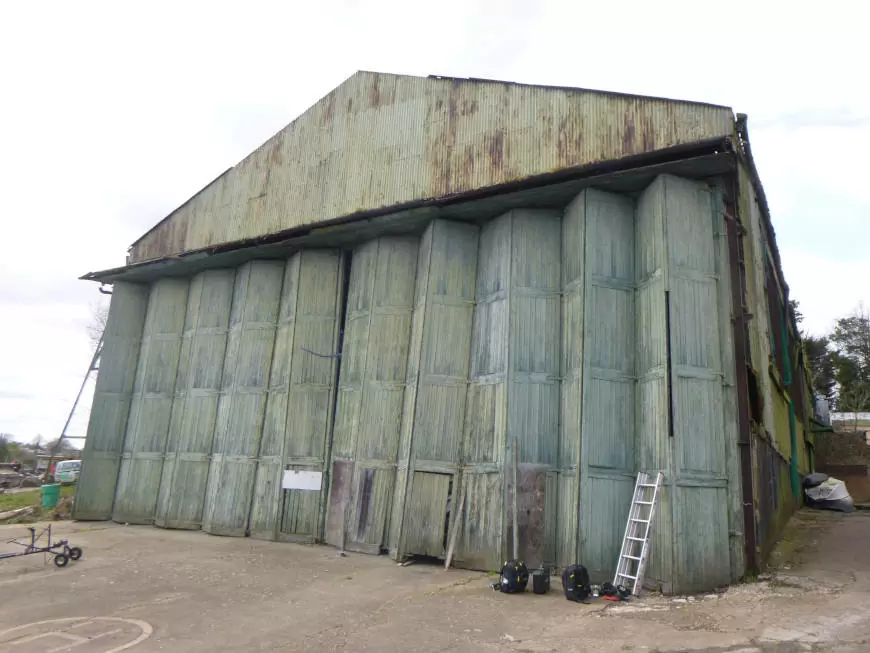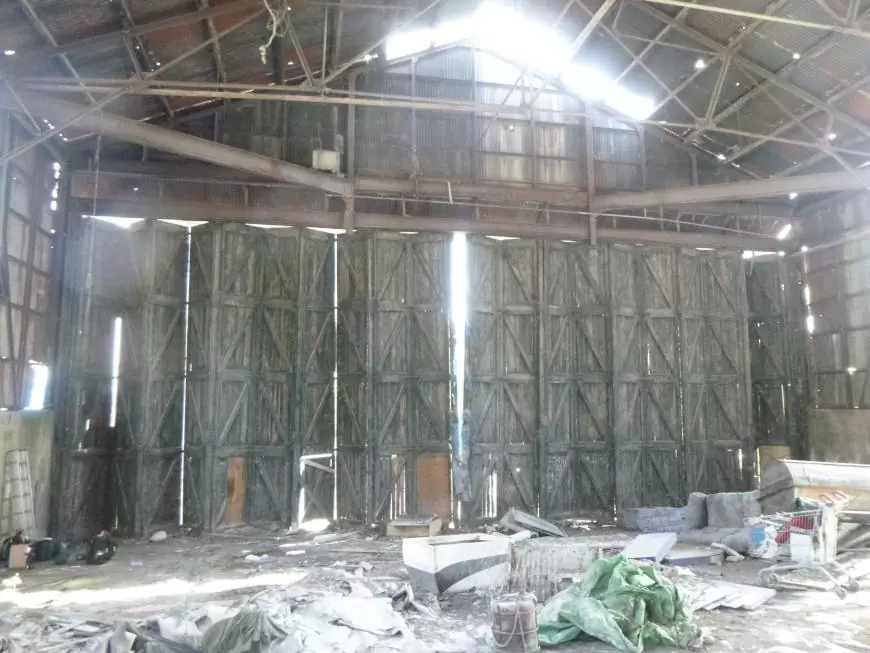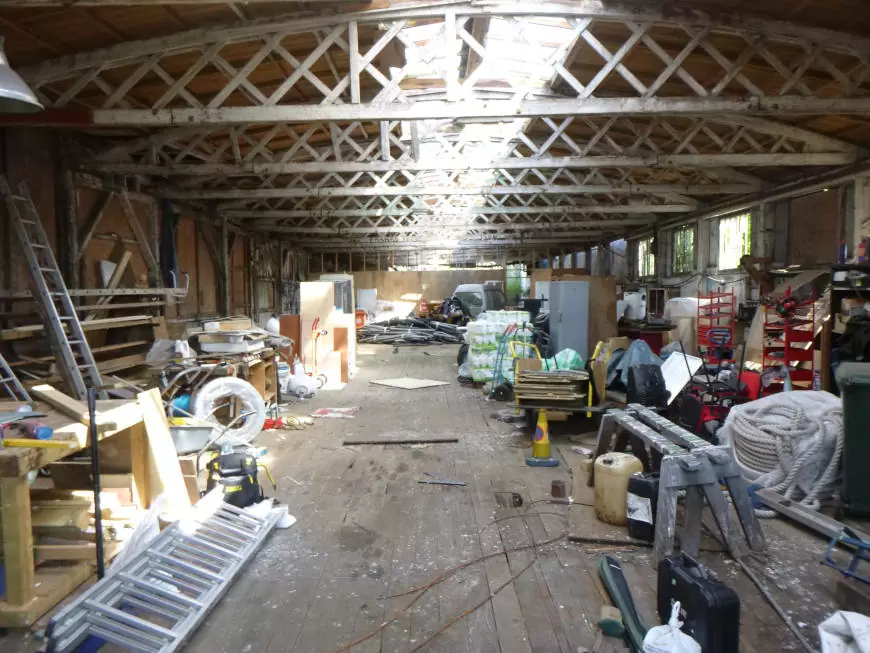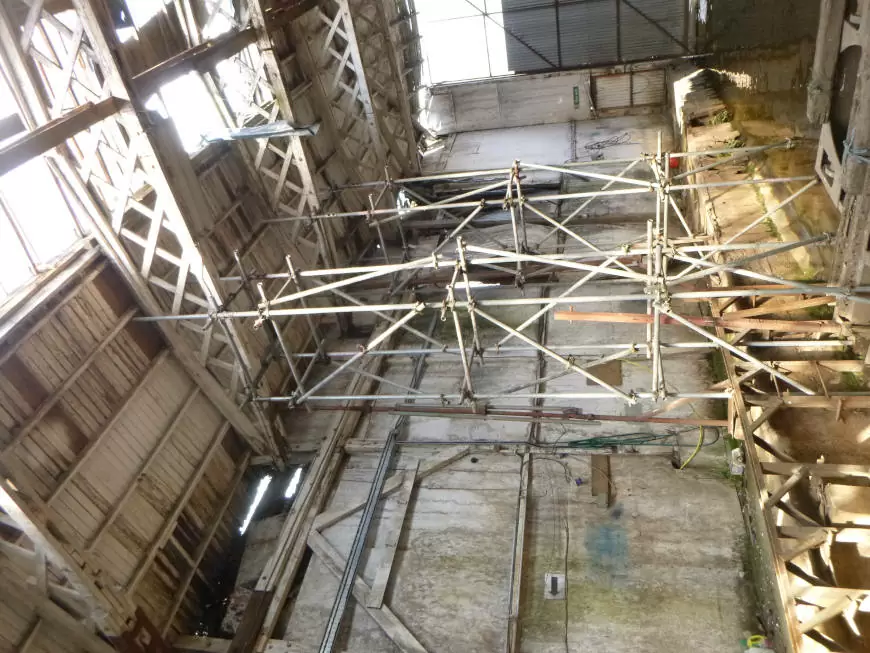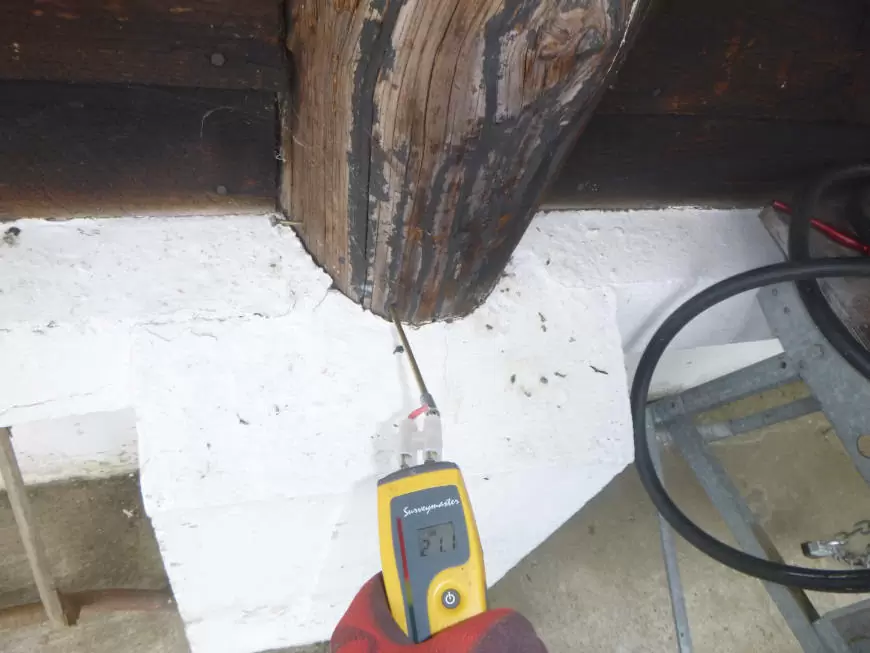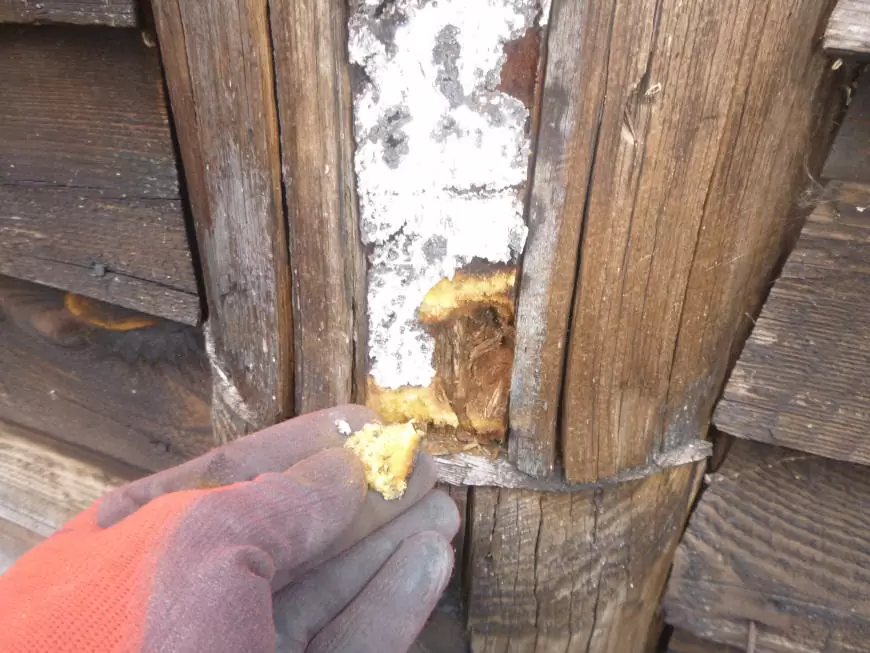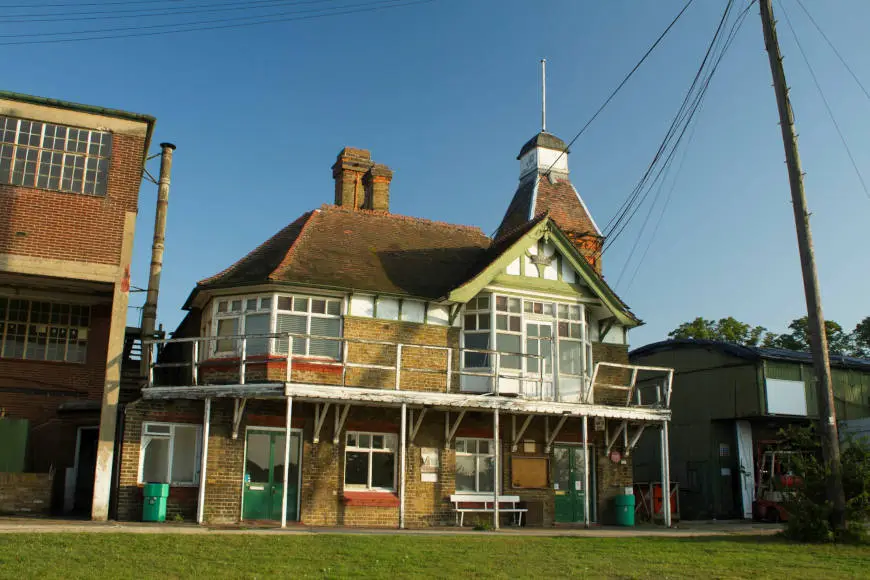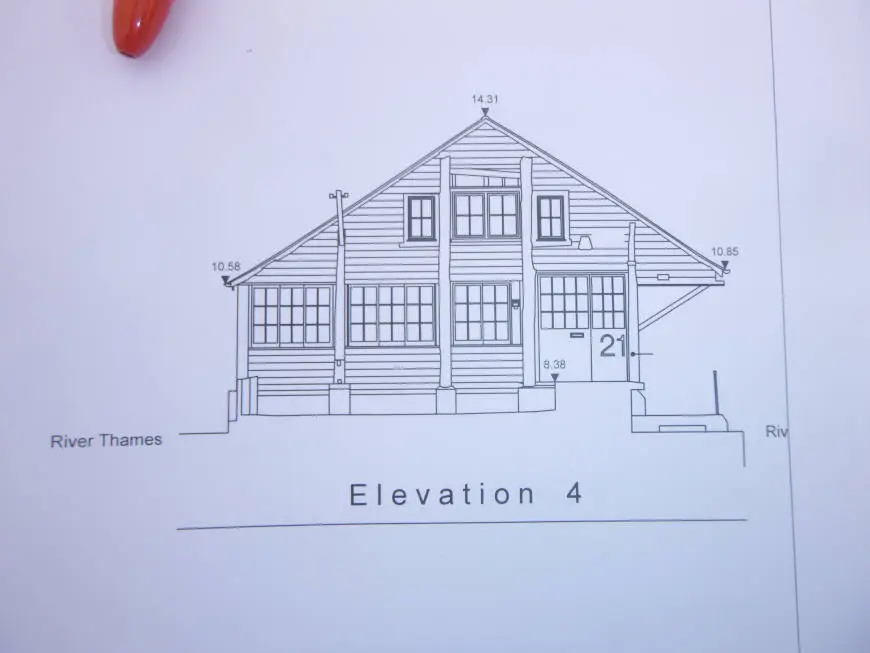Platt’s Eyot Structural Surveys
The Problem
Platt’s Eyot is an island on the River Thames at Hampton, in the London Borough of Richmond upon Thames. The name of the island is derived from Platt of Molesey who used it for growing withers. Boatbuilding began on the island in 1868, when Thomas Tagg, who had been running a business since 1841 on Tagg’s Island, about 1 km downstream, expanded by building a boatyard and house on the eastern end of Platt’s Eyot. A waterworks and electrical works with a charging station were also constructed on the island; the latter was used to power electrically powered pleasure launches and canoes that were built on the island. During the First World War, in 1916 the Admiralty commissioned a new type of fast torpedo-carrying motor launch which Thornycroft constructed secretly in its Platt’s Eyot facility.
Read more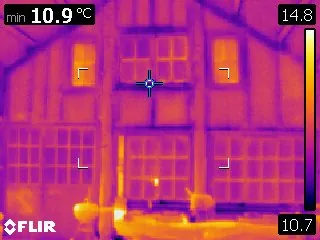

The Solution
H+R carried out detailed investigations of the historic boatyards and their associated houses. Remaining roof, floors and lintel timbers were assessed for their construction, condition and remaining lifespan. Additionally, survey packages were carried out on external masonry façade conditions, as well as rainwater drainage goods and cladding. H+R were then able to offer detailed scope of works for each distinct building so that the maximum amount of historic fabric may be conserved during the planned refurbishment phases.
Although the May 2021 fire and its consequent destruction of multiple historic boatyard buildings and slipways was deeply saddening, and a genuine national loss, it was fortuitous that only weeks earlier, H+R had carried out in depth surveys of the structures. The information from which now remain key points of reference and source material should these impressive structures ever receive the funding for like-for-like rebuilding. Happily, not all was lost to the fire, and the remaining H+R surveys carried out continue to be invaluable documents to the refurbishment and maintenance teams in safeguarding the properties against future damp and decay issues and preserving the remarkable history of this island.
Case Study Gallery
